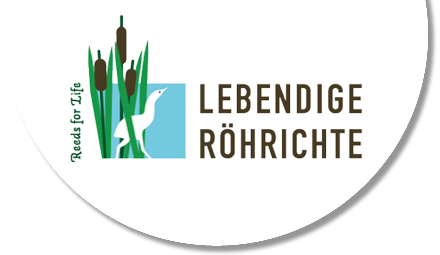Non-indigenous species are species of plants or animals that do not naturally occur in a specific region but have settled there due to human influence. Some of these species were deliberately introduced, for example by releasing species of animals or by introducing ornamental and crop plants. In other cases, they were introduced accidentally, mainly via transport and trade. Examples of this are plant seeds sticking to vehicles or crustaceans transported in the ballast water of ships.
Non-indigenous species are not a new phenomenon; there has been evidence of them for a period of several hundred years. Species introduced after 1492 are called “neobiota”. Species introduced before 1492 are called “archaeobiota”.
Some on-indigenous species occur sporadically and individually, some of them have become permanently established and integrated in their new habitats. Approx. 10% of the non-indigenous species in Germany are currently considered invasive. In nature conservation, invasive means that these species have a negative impact on existing habitats and other species. They suppress native species and are a threat to the diversity of a habitat.
A European Union regulation on the prevention and management of the introduction and spread of invasive alien species entered into force in 2015. It contains a list of invasive alien species that are important to the EU as a whole and defines measures for dealing with these species. European regulations are directly applicable law for all EU member states.
One of the species listed there is the coypu (Myocastor coypus), which also plays a central role in the EU LIFE project “Reeds for Life”. Due to their extensive feeding on the bank vegetation, these animals cause great damage and represent a threat to the biodiversity in the project area. In such cases, the EU regulation provides for removal of the invasive animals.







